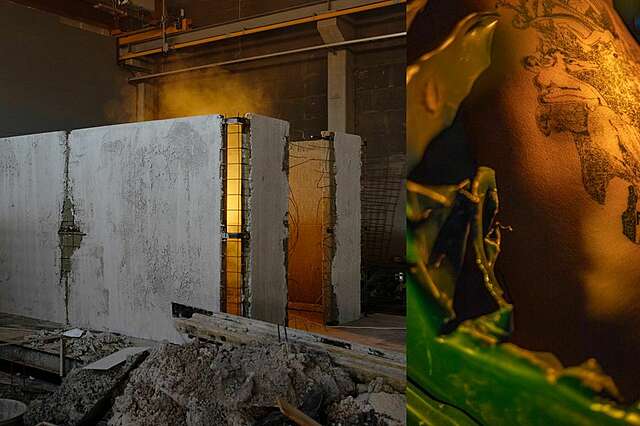Finland's new architectural policy programme is completed

Architecture affects the wellbeing of people and nature in significant ways. Good architecture and design stand the test of time and, when necessary, can be converted into new uses. These are some of the key themes in the new architectural policy programme (apoli). The programme sets out objectives and measures for developing the sustainability of the built environment comprehensively between 2022 and 2035.
The programme emphasises the importance of architecture as part of our everyday lives. With the help of architectural and design education and by sharing information, it is possible to bring more awareness to how important the built environment is for people and how cultural values are part of the identity of places. When culture, art and cultural heritage are present in the built environment, it is possible to support wellbeing, regional vitality and international attraction.
“We are in an excellent position to further strengthen our position as a country that is internationally well-known for its architecture. By taking care of the environment that we have built together, we can create new and sustainable solutions to support economic growth, too,” says Minister of Science and Culture Antti Kurvinen.
Education and research generate capacity for sustainable solutions. “To secure expertise and workforce in the sector, it is good to examine the kind of competence and workforce needs our professionals in architecture will be facing in the future,” Kurvinen says.
“Regions, buildings and materials all play an important role in mitigating climate change and the loss of biodiversity. We must combat different adverse effects, starting with land use planning, design and construction engineering, and devise new tools and forms of cooperation,” says Minister of the Environment and Climate Change Emma Kari. Buildings that are designed to last reduce the use of natural resources and have a smaller impact on the climate and biodiversity.
Built environments of high-quality also address problems related to inequality. “We need to design, plan and develop the built environment together with the users, and we must also be sensitive to future needs in different areas. We should make sure people can have a say in how their living environment is developed,” Minister Kari emphasises.
Local work contributes to national and international objectives
Finland’s first architectural policy programme was published in 1998. A working group appointed by the Ministry of Education and Culture and the Ministry of the Environment drafted the second programme, which has now been published. Archinfo Finland acted as secretary of the working group. Numerous parties and stakeholders also played a crucial role in preparing the programme and commenting on it. In fact, the programme emphasises that high quality built environment can only be achieved when designers, builders, citizens and other key parties collaborate.
Local architecture programmes, which have been formulated in cities, municipalities and regions, generate the part of the work that is most visible to residents. It is hoped that more local programmes will be produced. These local programmes bring the national objectives to a concrete level, developing the built environment.
Archinfo will follow the implementation of the new policy programme and inform about it. In addition, Archinfo will also be involved with a number of measures, including a measure aimed at encouraging regions and municipalities to write local policy programmes. In spring 2022 Archinfo will launch a project to strengthen the civic debate and inclusion related to the themes of the policy programme.
International objectives support the practical actions of the programme at the local level and in different sectors. The new architectural policy programme follows in the footsteps of the international interest attracted by the first programme and extends even further. Finland’s programme complies with the Davos Declaration and the New European Bauhaus initiative launched by the European Commission in 2021, which shows the way to greater sustainability in the built environment.
Later this year, the key elements of the Finnish architectural policy programme will be collected into a publication, and the leaflet will also be translated into English.
Link to the Architectural Policy Programme 2022–2035 (in Finnish) here.


